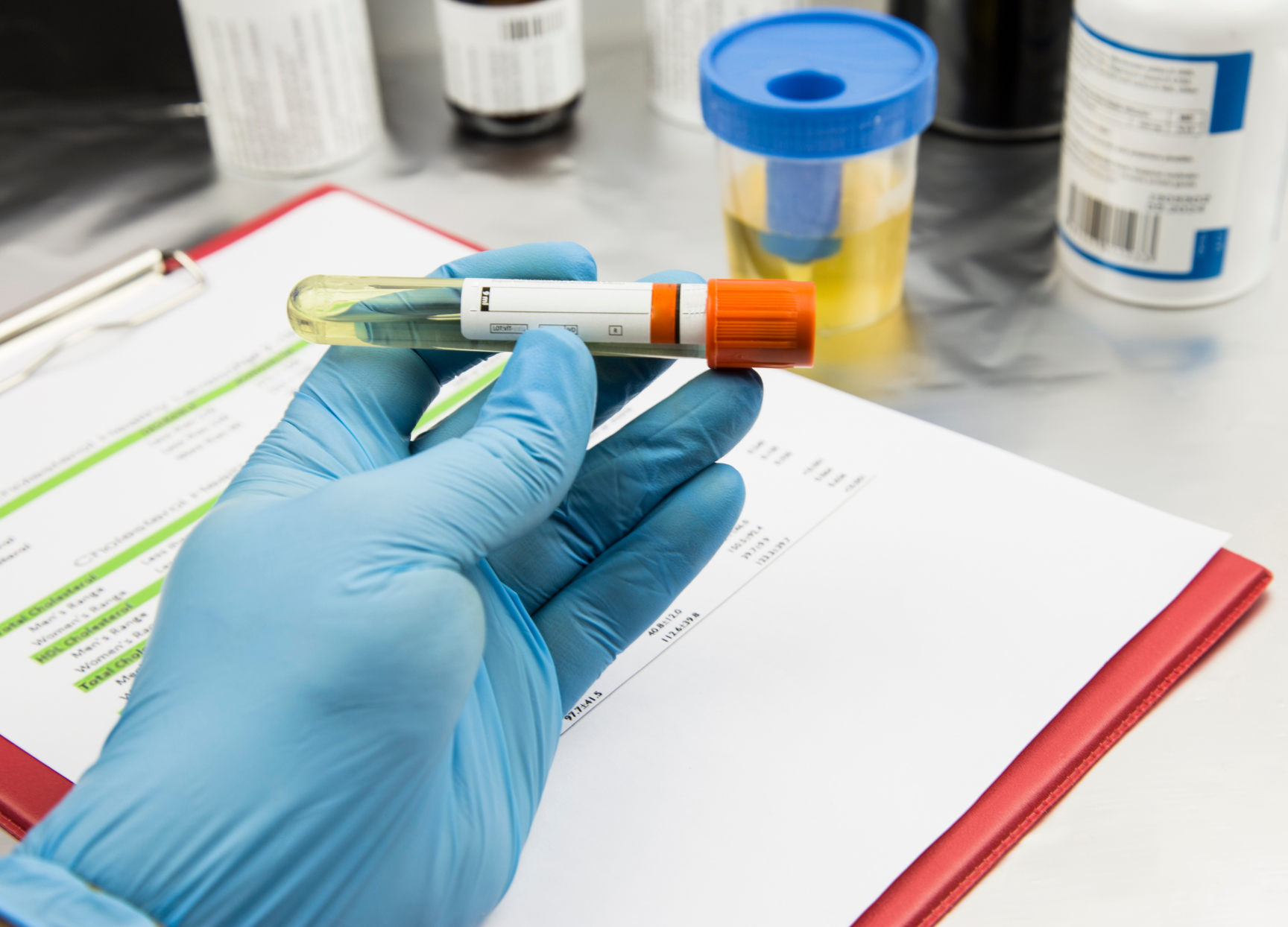Mr Vimoshan Arumuham
Consultant Urological Surgeon
Specialist expertise: Men's Health, Urology, Kidney Stones, Urinary Tract Infection, Endourology, Benign Prostate Disorders.
Flow test is an outpatient test that calculates the speed of urine flow over time. It is typically used in patients who have complaints of feeling of incomplete bladder emptying, frequency of micturition, urgency of micturition and poor flow.

Flow test is an outpatient test that calculates the speed of urine flow over time. It is typically used in patients who have complaints of feeling of incomplete bladder emptying, frequency of micturition, urgency of micturition and poor flow.
The test also helps estimating the bladder capacity prior to voiding and post void residual volume. During normal urination, the bladder will empty slowly initially and then a sharp rise in the speed of emptying is observed leading to near emptying of the whole volume of urine that was present in the bladder. In people with urinary blockages, the urine flow test will either be flat, with no sharp rise in maximum speed and or takes long time till bladder emptying.
Flow rate test is used to diagnose any condition that might affect the relationship between the bladder storage and emptying. Typically, both men and women are referred to have this test by clinicians and it is a very useful tool to estimate the severity of the situation.
Conditions such as benign prostatic hyperplasia, neuropathic bladder, urethral stenosis, detrusor-sphincter dyssynergia and bladder atonia can be diagnosed using this test alongside other investigations.
Generally no preparations are required prior to the flow test. People are usually asked to drink while waiting at the appointment and once they feel that their bladder is comfortably full, they will be asked to pass urine into the flow machine. Special care needs to be taken if people struggle with constipation, are on any medication that could affect the bladder or prostate gland. Pregnant women should consult their specialists prior to going for a flow test.
Upon arrival, the team will explain how the test will run, and what are the steps that are involved with this procedure. Once you are ready to pass urine, you will be taken to the flow room and asked to pass urine into a device called the flowmeter. This replicates a toilet funnel and is suitable for both men and women. The team will calibrate the machine and switch it on 3-5 seconds before the beginning of urination. The flowmeter will record the speed of urine flow over time and the amount of urine voided alongside other parameters that are calculated to help the clinician investigate your symptoms.
The staff will explain that you should try not to push or strain as possible while emptying your bladder. Also, should stay still as possible while passing urine to allow accurate capturing of the data. Once finished, you could press the end button yourself or ask a staff member to do that. Then you will be taken to another room to have a bladder scan using ultrasound to estimate the urine volume present after passing urine if present. A printed result will then be passed to your clinician.
Usually results are available immediately after the test is finished and your clinician can go through the results with you in the clinic. However, in certain circumstances the test might have to be repeated if not enough urine is passed, people felt that the test did not replicate their usual experience or an error happened during recording of the test.
Currently selected day
Available consultations
The specialists at OneWelbeck use the latest innovations in healthcare to accurately diagnose and treat a wide range of urological conditions.